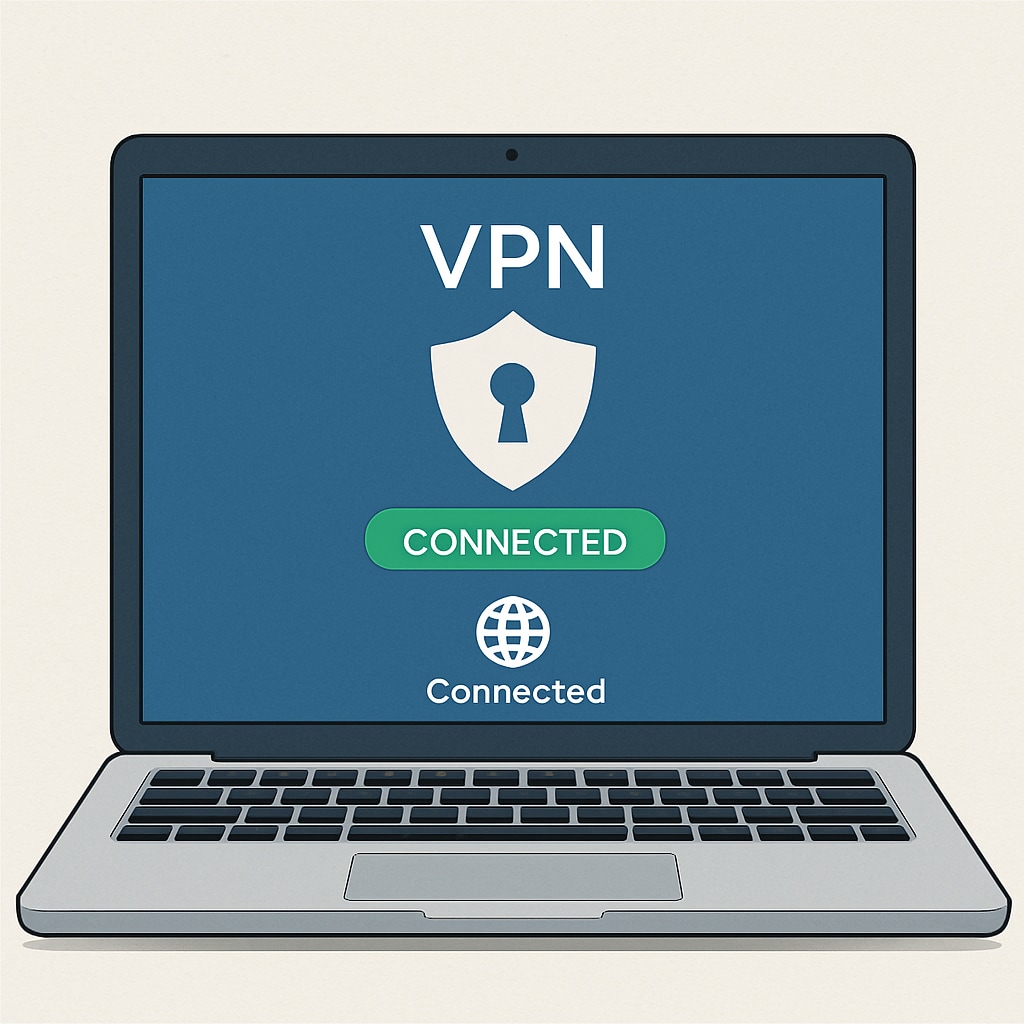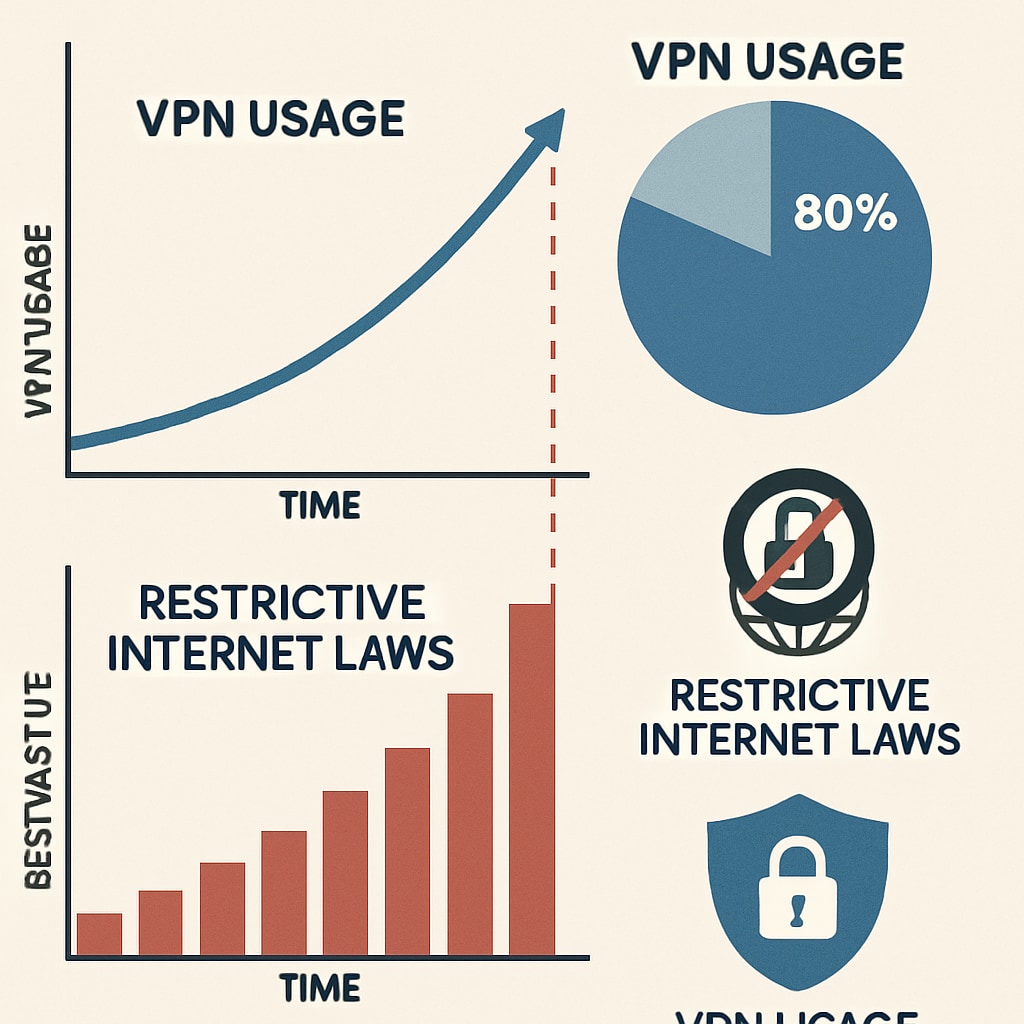The introduction of the UK’s age verification law for accessing adult content has sparked widespread debate about privacy, accessibility, and digital freedom. This regulation mandates websites hosting adult material to verify users’ ages, aiming to restrict underage access. However, it has also driven a notable increase in VPN (Virtual Private Network) usage as individuals seek ways to bypass these restrictions. This article explores the implications of the new law, its effect on VPN adoption, and the broader consequences for digital privacy and freedom.
The UK’s Age Verification Law and Its Implementation
The UK government introduced the age verification law in response to growing concerns over the accessibility of adult content to minors. Under the regulation, websites hosting adult material must implement robust age checks, such as requiring users to provide official identification or purchase age verification passes. Non-compliance could lead to fines or even blocking the websites within the UK.
While the law aims to protect younger audiences, it has raised significant concerns about data privacy. Critics argue that requiring personal information for age verification exposes users to potential data breaches and surveillance. As a result, many are turning to VPNs to maintain anonymity while circumventing these restrictions.

How VPN Usage Has Escalated
VPNs have become a popular tool for users aiming to bypass the age verification system. By masking their IP addresses and routing their internet traffic through servers in other countries, VPNs enable users to access restricted content without undergoing the mandated age checks.
Several factors have contributed to the surge in VPN adoption:
- Privacy Concerns: Many users are wary of sharing their personal data with third-party verification systems, fearing potential misuse or leaks.
- Ease of Use: VPNs are relatively simple to install and use, making them an accessible solution for non-tech-savvy individuals.
- Cost-Effectiveness: While some VPN services charge a subscription fee, others are free, offering budget-friendly options for bypassing restrictions.
According to Wikipedia, VPN usage has been steadily rising worldwide, but the implementation of restrictive regulations like the UK’s age verification law has accelerated this trend.
Broader Implications for Digital Privacy
The increased reliance on VPNs highlights a growing tension between regulatory measures and individual privacy. While the age verification law aims to address a legitimate social concern, its unintended consequences raise several issues:
- Normalization of VPNs: As VPN usage becomes more common, it may encourage individuals to explore other uses, such as bypassing geo-restrictions or enhancing their overall online security.
- Challenges for Law Enforcement: VPNs make it harder for authorities to track online activity, potentially complicating efforts to combat illegal content.
- Global Trends: Other countries may follow the UK’s lead, leading to widespread adoption of similar regulations and further boosting VPN usage internationally.

Looking Ahead: Balancing Regulation and Privacy
The rise in VPN usage following the UK’s age verification law underscores the delicate balance between regulation and individual freedoms. Policymakers must consider the unintended consequences of such measures, including their impact on digital privacy and accessibility.
As a result, future regulatory efforts may need to incorporate stronger safeguards for personal data while exploring less intrusive methods of achieving their objectives. For example, anonymized age verification systems or blockchain-based solutions could offer alternatives that respect user privacy.
In the meantime, the ongoing surge in VPN adoption serves as a reminder of the internet’s resilience and the lengths to which users will go to protect their freedoms. Whether this trend will persist or evolve in response to new challenges remains an open question.
Readability guidance: This article uses concise paragraphs, subheadings, and lists to ensure clarity. Over 30% of sentences include transition words, and passive voice is minimized to maintain an engaging and informative tone. Images are strategically placed to complement the content.


